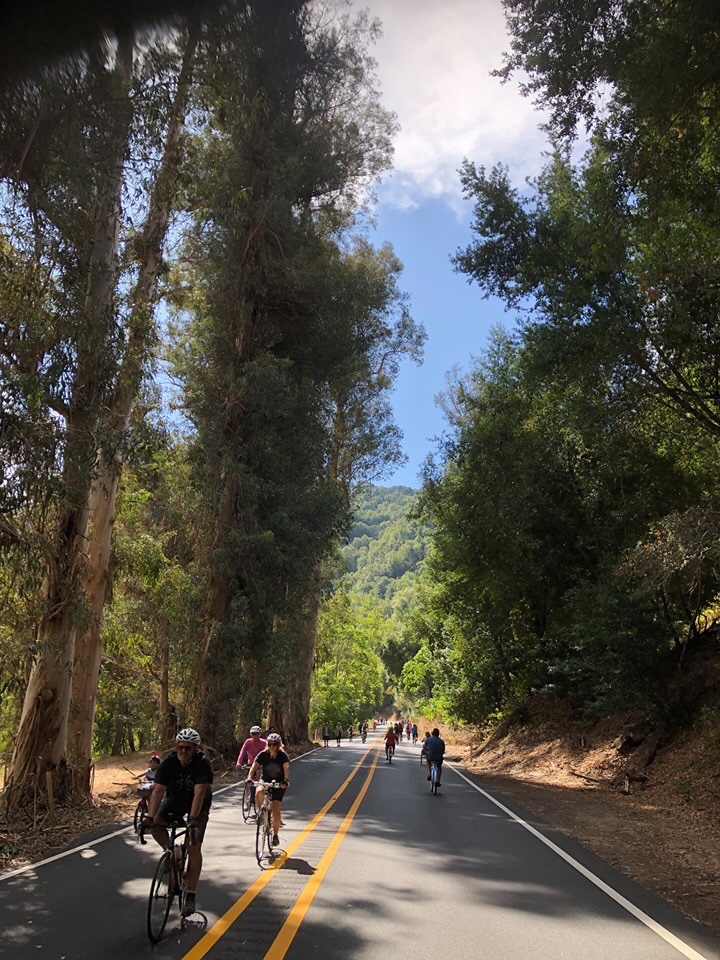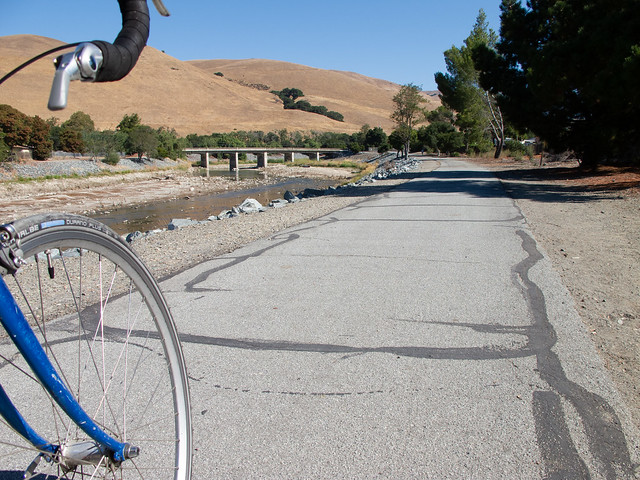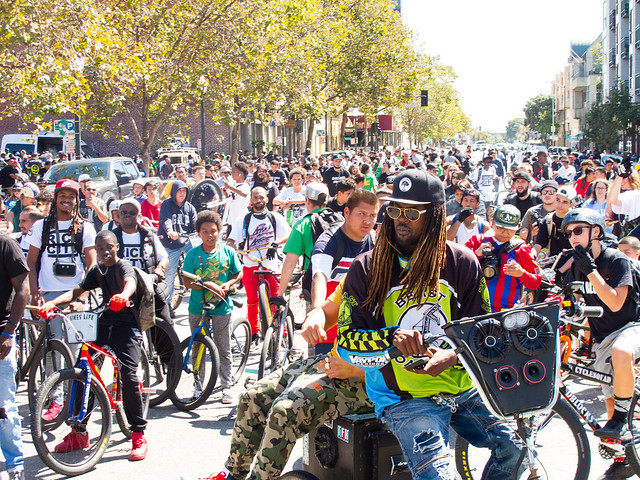Nerdiness and privilege
After my post about the Oakland Rideout, Twitterer Dianne Y. called out my characterization of the event as over-analysissand #plannerdy. Regular readers know that over-analysis is kind of what we do here at the Bike Lab. And being a city planning nerd is not merely a fact, it’s an aspiration. But she also challenged me as writing about disadvantaged groups from a privileged perspective, and I wanted to think about that question.






